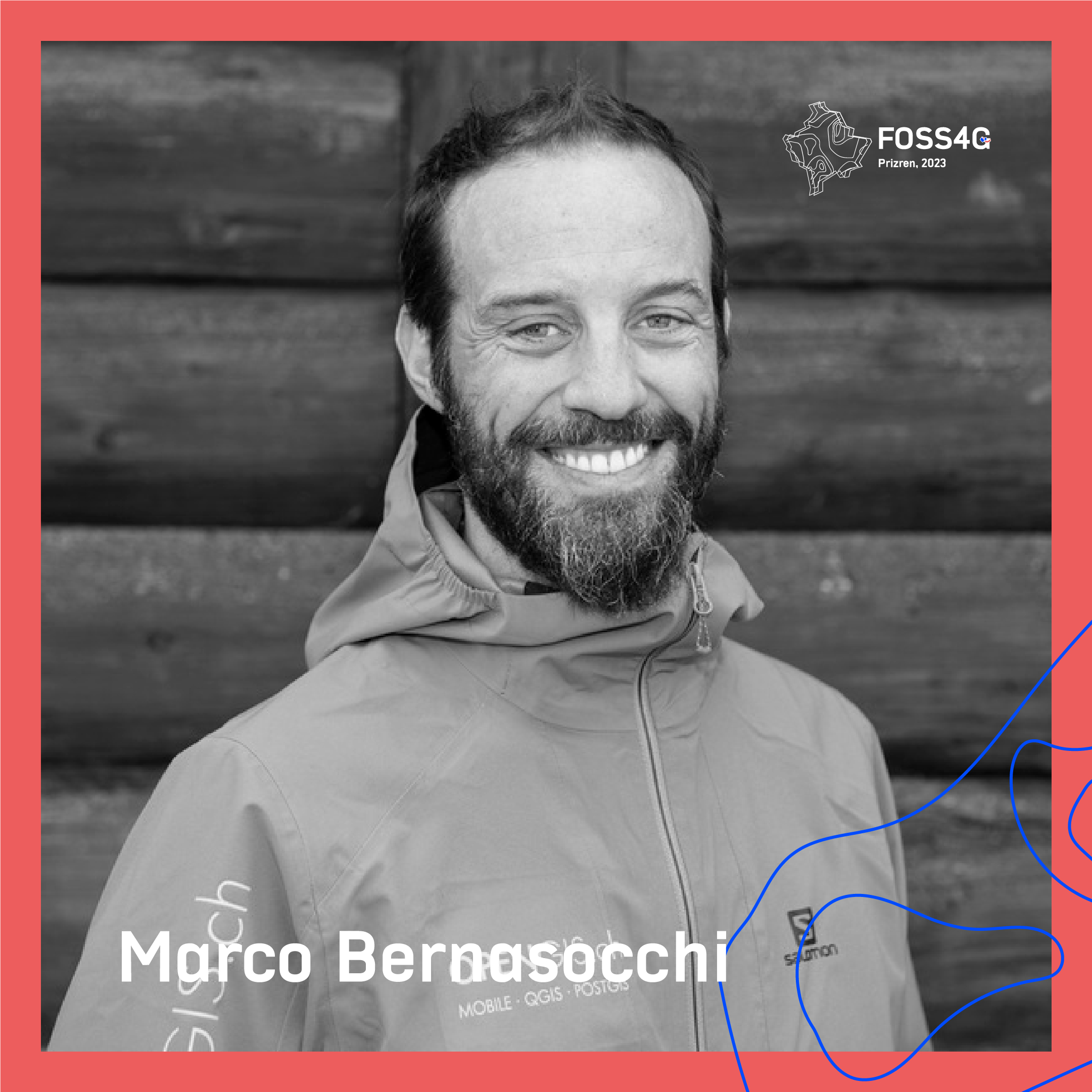
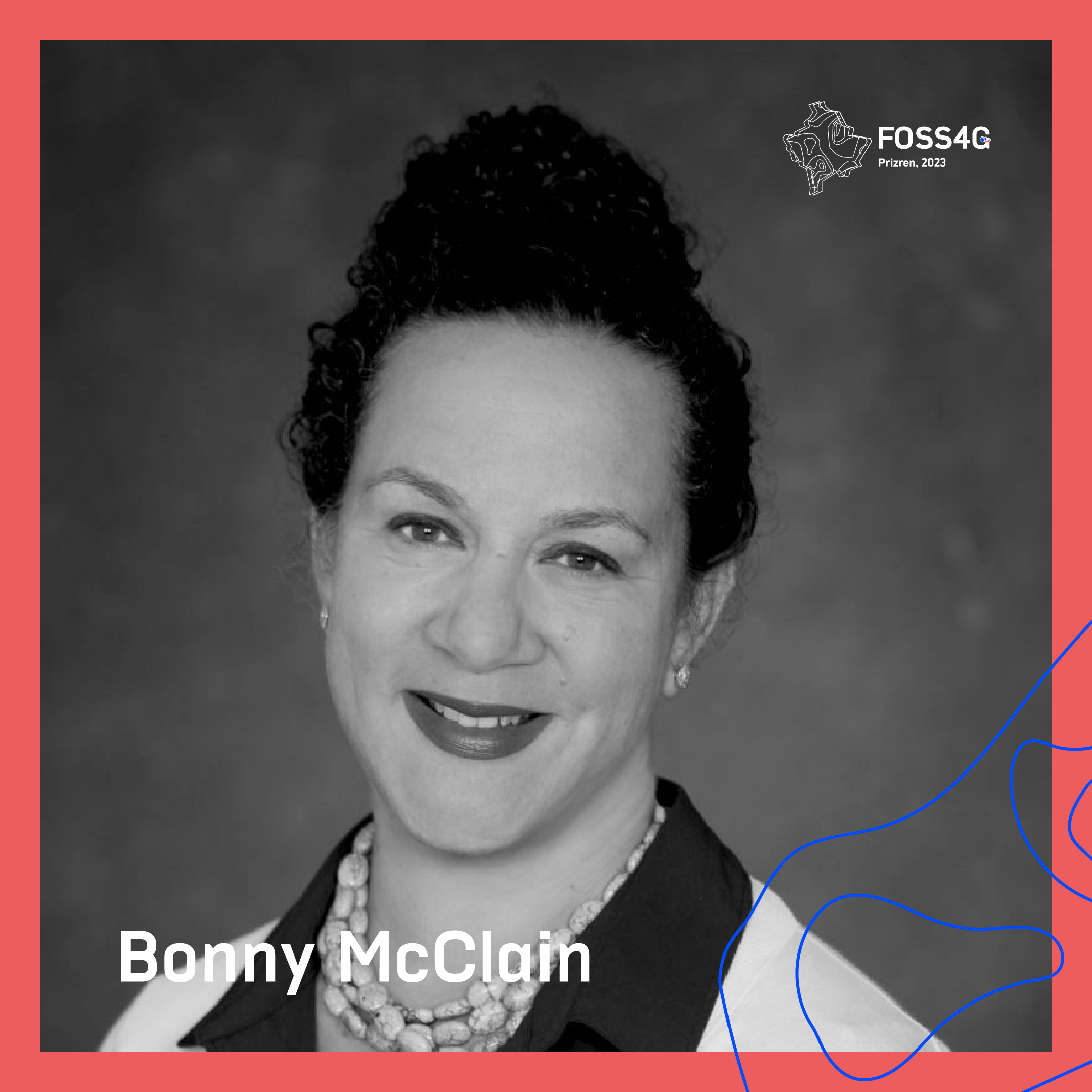
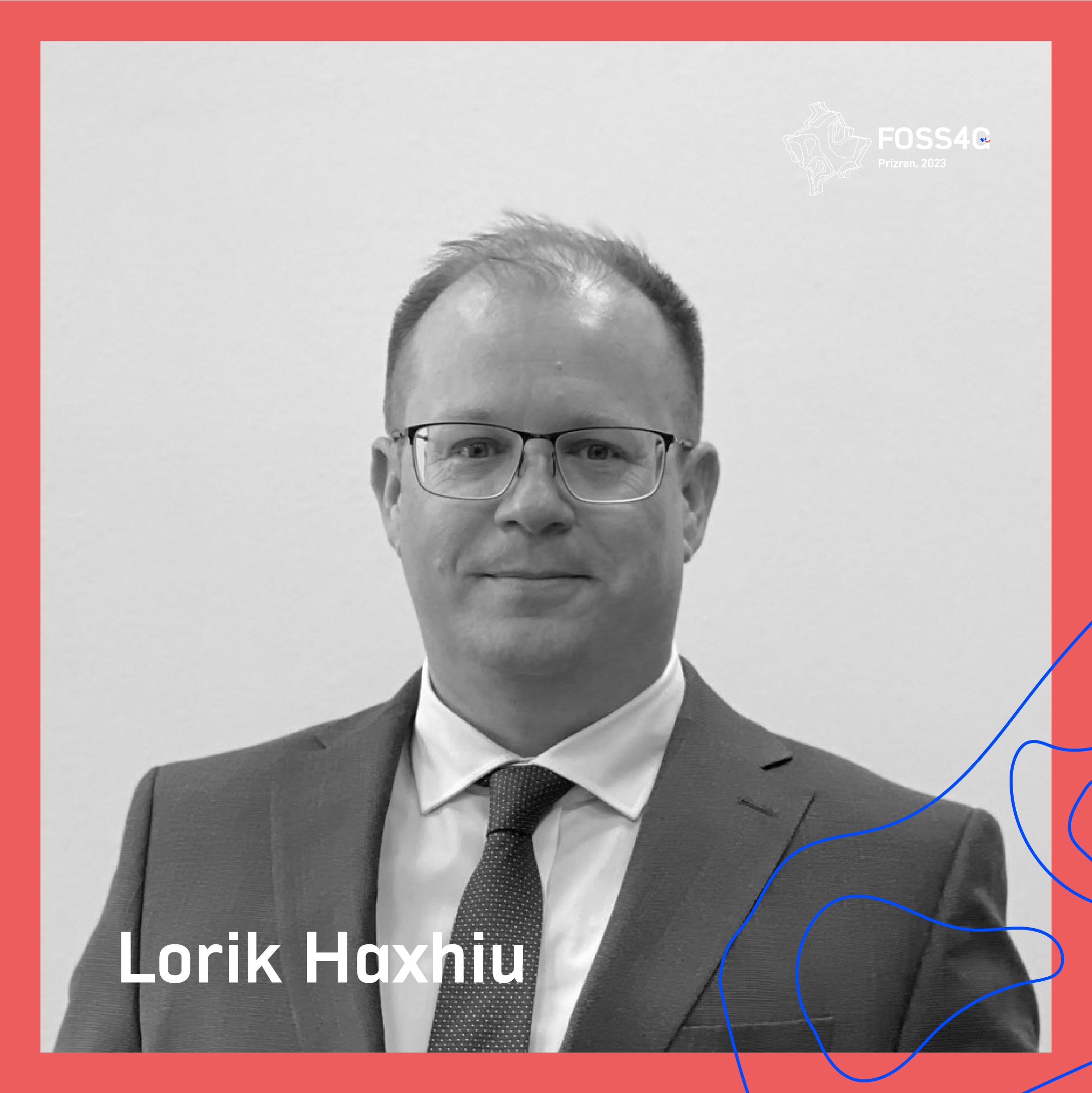
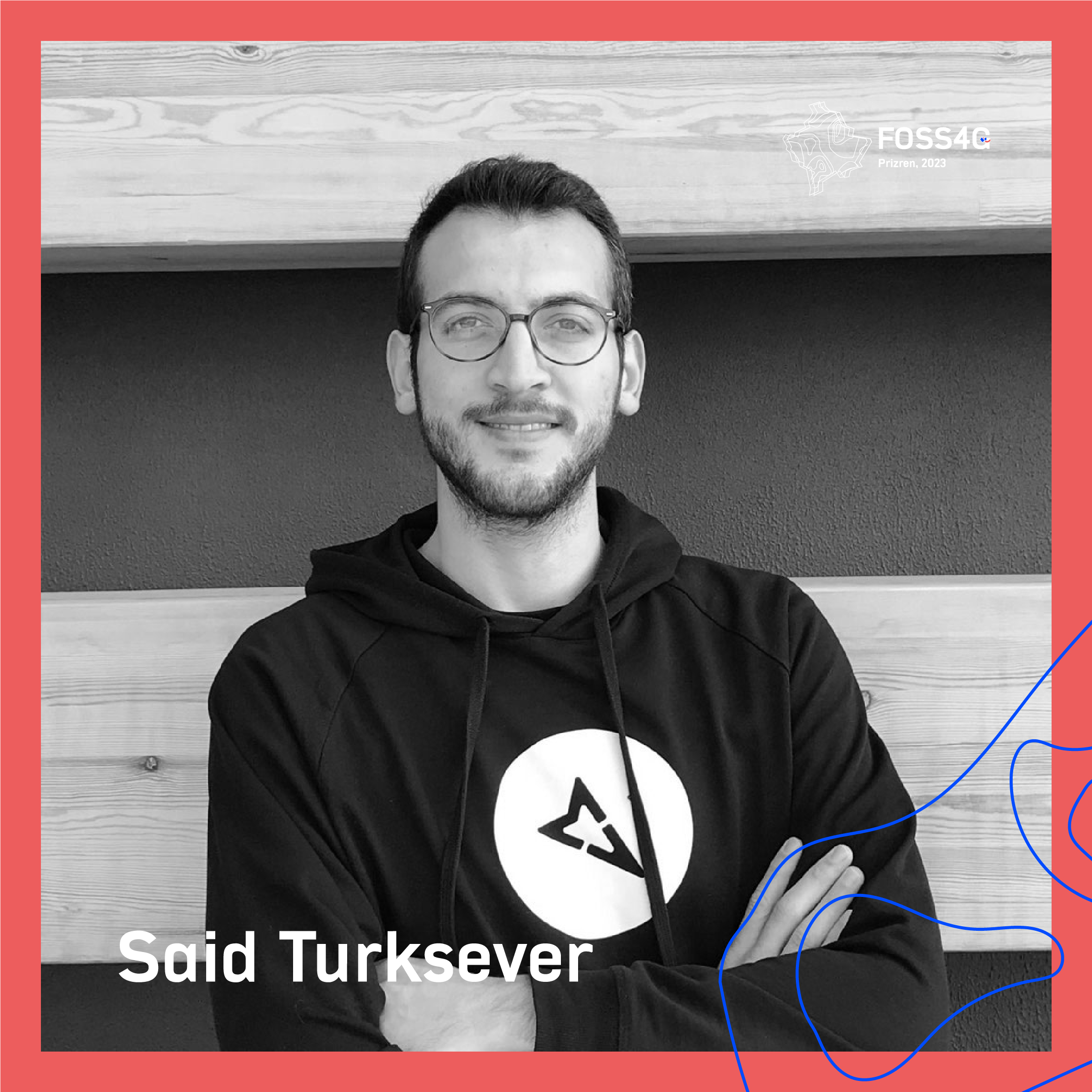
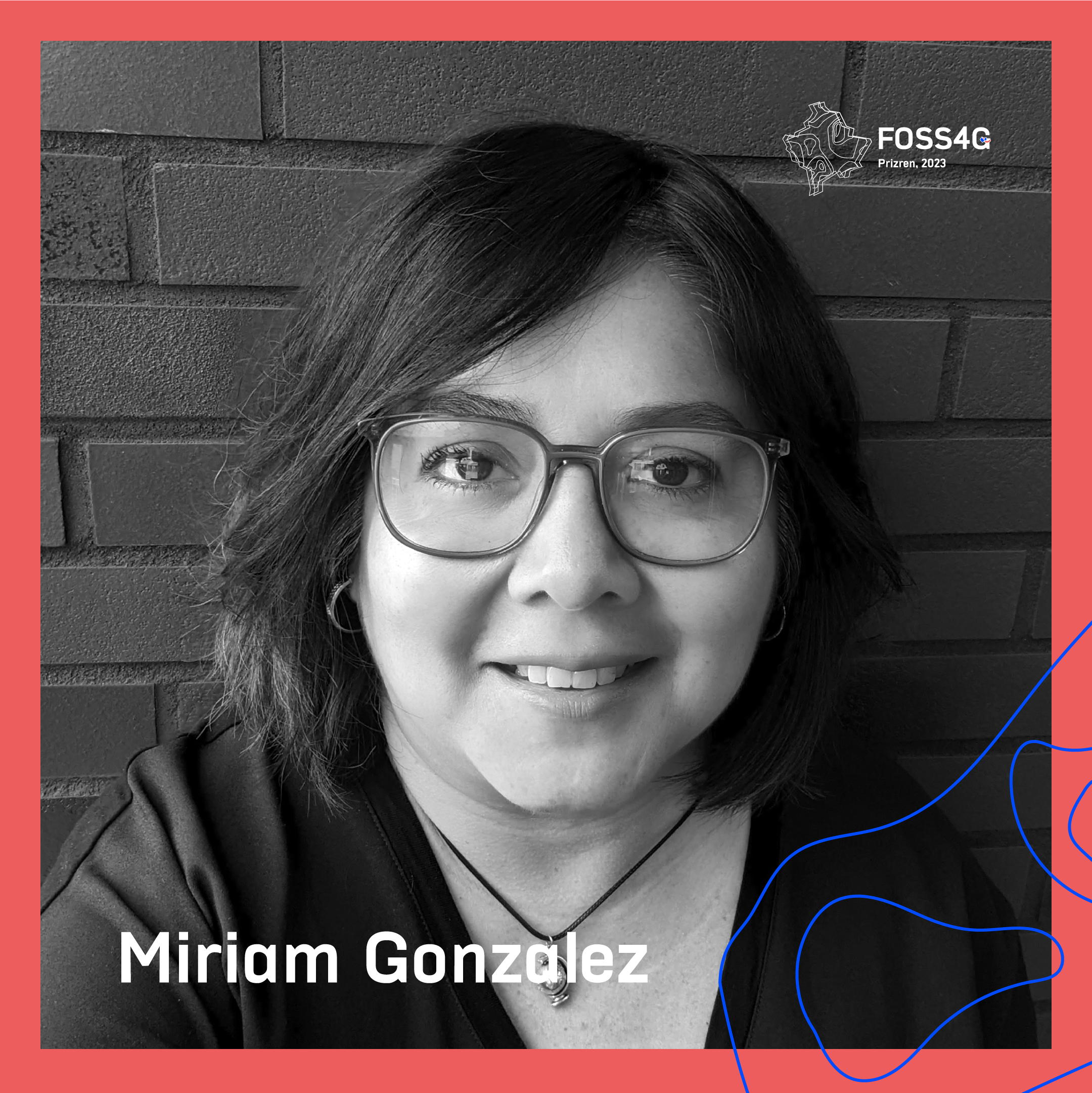
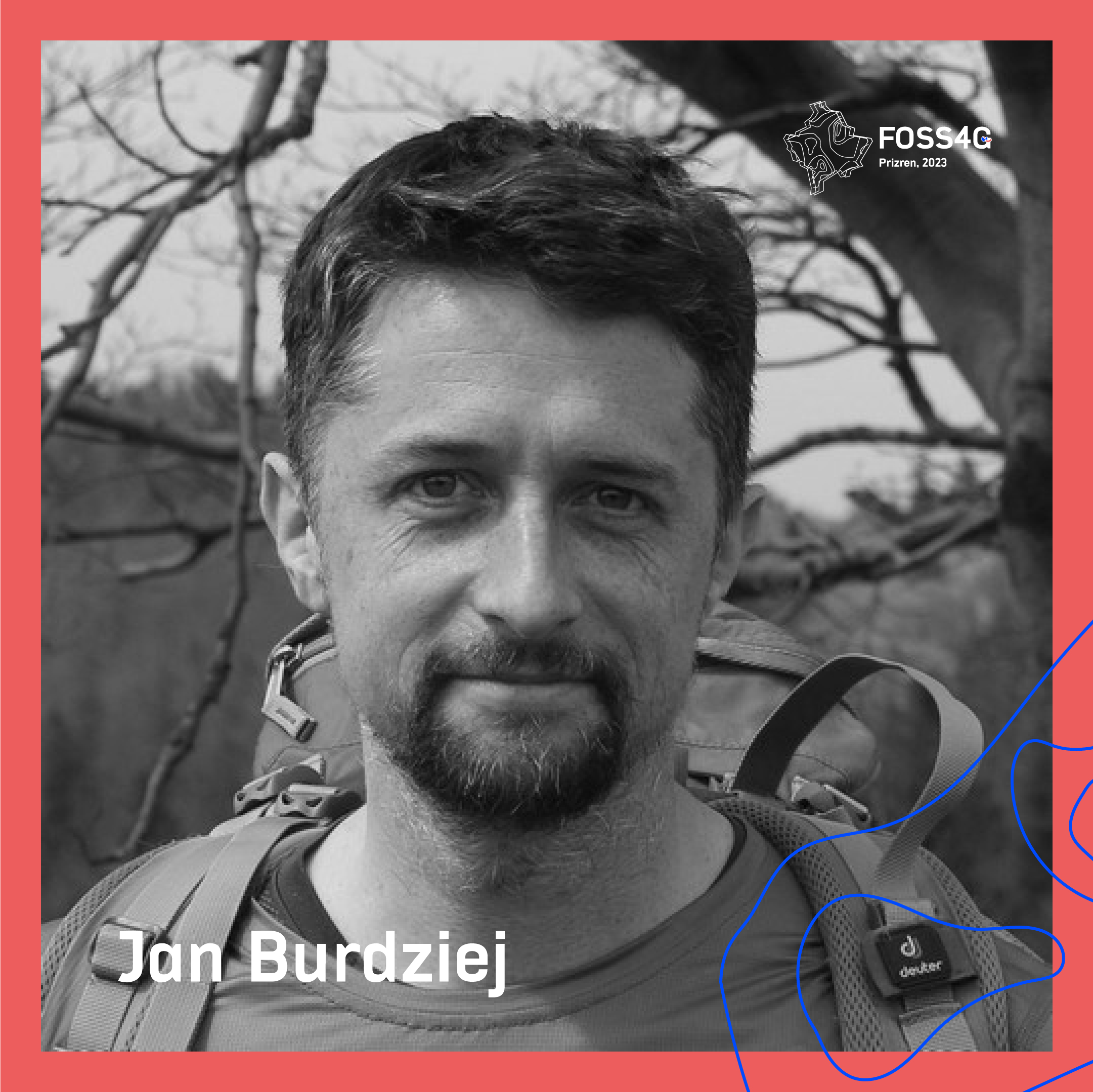







In this keynote, we will explore the significance of seeding in the context of open-source software. Using QField as an example, we will explore the steps needed to turn a student's project into the leading fieldwork app that helps hundreds of thousands of people with their work and can help address many of the Sustainable Development Goals.
We will discuss the challenges faced during the initial stages of development and what steps played a crucial role in overcoming them. We will also highlight the importance of community and industry involvement and how these helped QField reach global success and over 800K downloads.
Through this keynote, attendees will gain insights into the role of seeding and commitment in developing and growing open-source software, highlighting its impact on innovation, collaboration, and sustainability.
Join us for an insightful discussion on planting seeds and the potential to drive positive change through open-source software.
Marco Bernasocchi
Marco Bernasocchi is an open-source advocate, entrepreneur and full-stack geoninja. He is the creator of QField for QGIS, currently serves as QGIS.org Chair, and is an Open Source Geospatial Foundation board member. In his day job, Marco is the CEO of OPENGIS.ch, which he founded in 2011.
A geographer by trade, Marco lives in a small Romansh-speaking mountain village in Switzerland, where he loves scrambling around the mountains to enjoy the feeling of freedom it gives him. Outgoing, flexible and open-minded, Marco fluently speaks five languages. The best thing is: He not only knows how to say it but also loves sharing his know-how.
Geospatial analysis welcomes an audience to interact with complex interactions and dynamic shifts in ecosystem balance. Location intelligence collected as data layers mirror a symphony or chapters in a book. We will explore the potential risks of vulnerable cities by exploring the environment, economics, built infrastructure, and how they intersect. We build the story or music over time while exploring the tensions we create. Let’s examine the edges of eco-geomorphic frameworks and listen for a narrative.
Bonny McClain
Bonny is a geospatial analyst and self described human geographer and social anthropologist. Exploring geographic properties that capture complex interactions, dynamic shifts in ecosystem balance and how activities influence eco-geomorphic conceptual frameworks across a variety of environments are topics of popular public talks and panel discussions.
The ability to apply advanced data analytics, including data engineering and geo-enrichment, to poverty, race, and gender discussions targets judgments about structural determinants, racial equity, and elements of intersectionality to illuminate the confluence of metrics contributing to poverty.
Bonny is the author of books Python for Geospatial Data Analysis: Theory, Tools, and Practice for Location Intelligence (publisher, O’Reilly Media) and Geospatial Analysis with SQL: A hands on guide to performing geospatial analysis by unlocking the syntax of spatial SQL published by Packt Press. Current projects include a new book in progress with Locate Press, Geospatial Data Science & the Art of Storytelling.
Imagine a future where entire communities can harness the power of the sun to fuel their homes and businesses, reducing their dependence on traditional energy sources and helping to build a more sustainable world. At FOSS4G, I am excited to share with you a groundbreaking project that is making this vision a reality in Kosovo, using the latest geospatial technology.
Through the USAID funded Kosovo Energy Security of Supply (KESS) activity, DT global is working to promote sustainable energy solutions in Kosovo. A partnership between DT Global and DevGlobal, are leveraging the power of drones, GIS software, and open-source machine learning models to revolutionize the way we evaluate the solar potential of individual structures. By accurately delineating the boundaries of rooftops using drone imagery, we can then apply cutting-edge photogrammetry analytics to determine the optimal placement of solar panels.
But we're not stopping there. By training the Ramp* open buildings model to successfully identify and delineate rooftops in Kosovo, using data obtained from the Kosovo Cadastral Agency's 2023 high-resolution aerial survey campaign, we are laying the groundwork for a national-level approach to mapping building footprints that can be utilized for a range of applications beyond evaluating rooftop solar potential.
*Ramp is an open-source machine learning model and toolset for extracting building footprints from high-resolution satellite imagery at scale.
Lorik Haxhiu
Lorik Haxhiu, PhD. has over two decades of experience in Kosovo’s energy and natural resource sectors, where he has taken on various roles and successfully carried out technical assistance programs and projects funded by USAID, EU, World Bank and other international organizations.
GIS integration is vital for his projects as it supports them in every stage from development to planning to implementation and delivery, offering valuable outcomes for beneficiaries and stakeholders.
He currently runs a small consulting firm that specializes in environmental remediation and sustainable energy solutions.
Powerful earthquakes hit southern Turkey and Syria on 6 February 2023. These earthquakes in Turkey and Syria caused thousands of casualties and destroyed cities. Geospatial infrastructure is critical to respond to these earthquakes during rescue operations, humanitarian effort as well as planning recovery activities.
Yercizenler coordinated mapping activation with the collaboration of Humanitarian OpenStreeMap team to improve open geodata infrastructure in the earthquake affected region and supporting humanitarian response in the scope of mapping.
Türkiye Earthquakes Mapping Response aims to complete open map data infrastructure before and after the event in affected areas. This response is structured with following workstreams; Remote Mapping, Post-disaster Field Data Collection, Global Community Activation and Geo-data Integration.
In this talk; we will talk about how open data and community activation helped save lives after earthquakes, what challenges we faced and what we have learnt during the Türkiye Earthquakes mapping Response effort.
Said Turksever
Said is the Community Project Manager at Meta. Said supports Meta’s Mapillary and OpenStreetMap community activities across the globe. Said is Geomatic Engineer and has a Master's degree in Geoinfoirmatics Engineering from Politecnico di Milano. He is originally from Turkey and now lives in London, UK. He is active in building the OpenStreetMap community in Turkey and interested in mapping POIs and its accessibilities.
Geochicas is a initiative born in State of the Map Sao Paolo and adopted by FOSS4G communities over the past years. We would like to share with you what had happened in the last couple of years and what we foresee in the future of the initiative. How Geochicas is part of a larger ecosystem of siblings organizations working towards having a more balanced presence of women and minority groups in the Geospatial communities.
View presentationMiriam Gonzalez
Miriam has built a career in Geospatial startups. She is Geochicas co-founder, participates in the FIRE Forum as Earth Observation Evangelist in the Energy sector, former President of the Board in HOTOSM and she is doing Partnerships at UP42. Miriam is passionate about how Geospatial data and Earth Observation technologies can change the world.
“Whether it is to know where children are, what access they have to facilities (education, health, transportation), what environment they live in (water, air), where risks exist (hazards, diseases), where events happen or where services and resources are available; most of the operational data used by UNICEF is geospatial” (UNICEF Geospatial Roadmap, 2019). At UNICEF we realize that we need to leverage geospatial information to enhance decision-making and optimize resource allocation and drive effective interventions. Geo-enabling UNICEF’s data, systems and processes aims at transforming data into easily accessible, readily available, and actionable geospatial information that can address key questions, such as: “How many children have been affected by a flood?”, “Where children have limited access to schools and limited access to health services?”. This information is critical to support decision-making to ultimately drive better results for children.
UNICEF has recently adopted a hybrid corporate geospatial architecture, which aims at bringing together the advantages of both commercial and open-source GIS world. This presentation aims at discussing how UNICEF is leveraging modern open-source geospatial solutions to address some of the key data-management challenges.
Specifically, two open-source geospatial projects developed by UNICEF will be showcased and discussed: GeoRepo and GeoSight. GeoRepo is a web-based system that will help us store, manage and share a commonly agreed, versioned, official set of administrative boundaries and other core geospatial datasets. It will help us ensure that geospatial data is used consistently across all internal systems and will also strengthen our interoperability with external systems. GeoSight, on the other hand, is a web geospatial data platform developed by UNICEF to bridge the gap between web mapping systems and the Business Intelligence / data analytical platforms. GeoSight is specifically designed to simplify the process of harmonizing data from multiple data sources. It also allows users to easily create online maps for visualizing multiple indicators at subnational levels (e.g. at the province or district level). Both platforms are built using Django and React and use modern open-source geospatial standards and libraries, such as MapLibre and vector tiles.
Jan Burdziej
Jan works as the Geospatial Lead at UNICEF. He has over 18 years of experience on various positions, including proven track record of implementing GIS solutions for UN agencies (UNICEF, UNDP), national statistical offices, environmental agencies, oil & gas industry and private businesses. At UNICEF he is leading the implementation of the geospatial strategy, which includes designing, developing and managing the roll-out of commercial and open-source GIS platforms.